Snow Leopards: The Mountain Ghosts of the Himalayas

High up in the Himalayas where oxygen is thin and temperatures drop to -40°F, snow leopards have evolved into the ultimate mountain survivors. Their massive paws work like natural snowshoes, distributing weight across unstable terrain while their thick fur coat contains up to 4,000 hairs per square inch.
These elusive cats can leap up to 50 feet in a single bound, using their incredibly long tail as a rudder for balance on narrow cliff ledges. When hunting, they wrap that same tail around their face like a warm scarf during brutal mountain storms.
Siberian Tigers: Ruling the Frozen Taiga

The world’s largest cats call the bone-chilling Siberian wilderness home, where winter temperatures plummet to -60°F. These magnificent predators grow an extra-thick winter coat that’s almost twice as dense as their summer fur, creating a natural insulation system that would make any outdoor gear company jealous.
Their massive paws act like built-in snowshoes, while their incredible night vision helps them hunt in the endless Arctic darkness. A single Siberian tiger needs a territory the size of New York City to find enough prey in this harsh landscape.
Sand Cats: Desert Survivors with Furry Feet

Meet the ultimate desert ninjas – sand cats have evolved furry paw pads that protect them from scorching sand that can reach 124°F during the day. These tiny warriors, weighing only 3-8 pounds, can survive without drinking water for weeks, getting all their moisture from their prey.
Their oversized ears work like natural air conditioners, radiating heat away from their bodies. When the desert sun becomes unbearable, they dig burrows up to 5 feet deep where temperatures stay 30 degrees cooler than the surface.
Jaguars: Masters of the Rainforest Heat
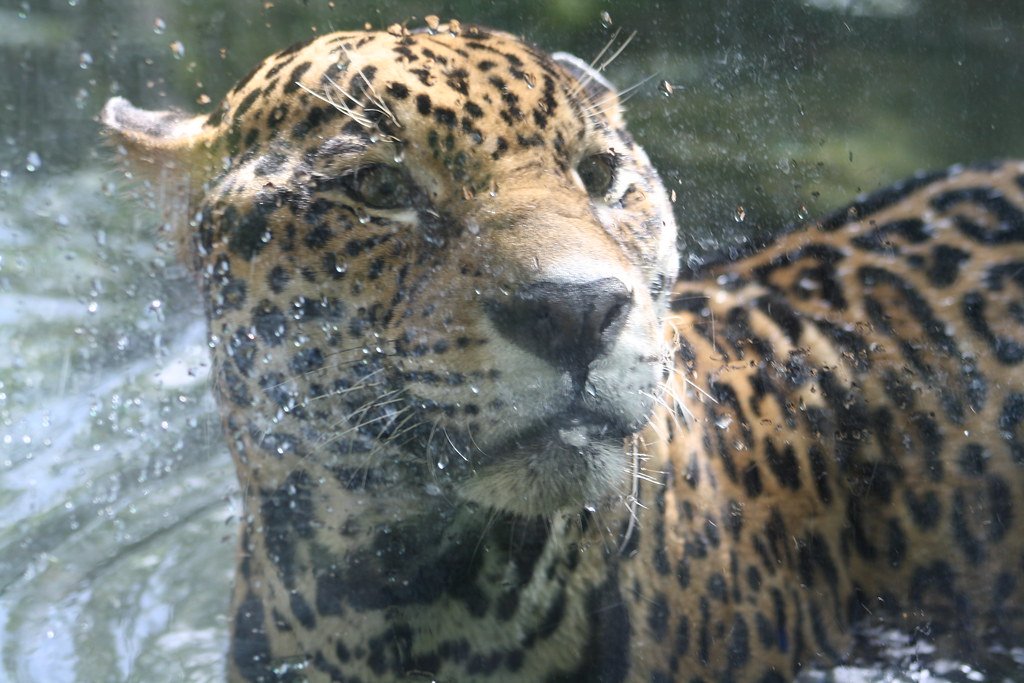
In the steamy Amazon where humidity reaches 100% and temperatures soar past 100°F, jaguars have become the ultimate aquatic cats. Unlike most felines, these powerful predators are excellent swimmers who actually enjoy cooling off in rivers and hunting caimans underwater.
Their rosette-patterned coat provides perfect camouflage in the dappled rainforest light, while their incredibly strong jaws can crush turtle shells and even caiman skulls. They’re the only big cats in the Americas that can take down prey twice their size in water.
Pallas’s Cats: Surviving Mongolia’s Extreme Temperature Swings

These stocky, grumpy-looking cats endure some of the world’s most extreme temperature variations, from -30°F winters to 100°F summers in the Mongolian steppes. Their incredibly dense fur coat contains 7,000 hairs per square inch – nearly double that of most cats.
Their short legs and low-slung bodies help them stay hidden in rocky terrain while hunting, and their pupils contract to slits rather than circles, giving them superior vision in bright sunlight. These cats are so well-adapted to harsh conditions that they rarely drink water, getting moisture from their prey instead.
African Lions: Thriving in Scorching Savannas

While most cats avoid the heat, African lions have mastered life in temperatures that regularly exceed 110°F. Their light-colored coats reflect sunlight, while their loose skin helps with heat dissipation through increased surface area.
Lions are primarily nocturnal hunters, conserving energy during the blazing hot days by sleeping up to 20 hours. Their social structure allows them to share the workload of hunting, with females doing most of the work while males protect the pride from threats in the unforgiving African heat.
Lynx: Arctic Specialists with Built-in Snowshoes
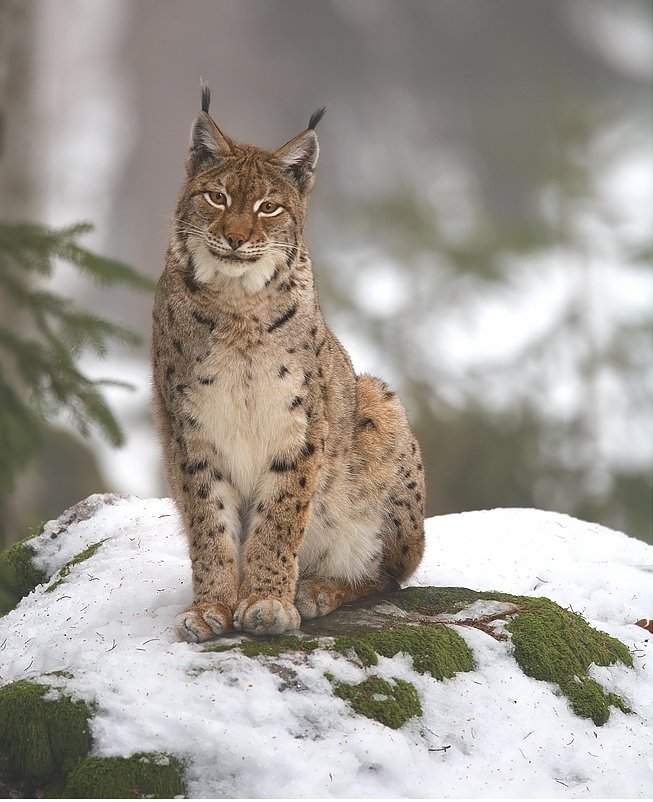
Canadian lynx are perfectly engineered for deep snow survival, with paws that can spread to four inches wide – nearly twice the size of a bobcat’s feet. These natural snowshoes allow them to walk on top of snow that would trap other predators.
Their ear tufts aren’t just for show – they enhance hearing by funneling sound waves, crucial for detecting prey moving beneath thick snow. Their thick winter coat changes color seasonally, becoming lighter in winter for better camouflage against the snowy landscape.
Cheetahs: Speed Demons of the Scorching Grasslands
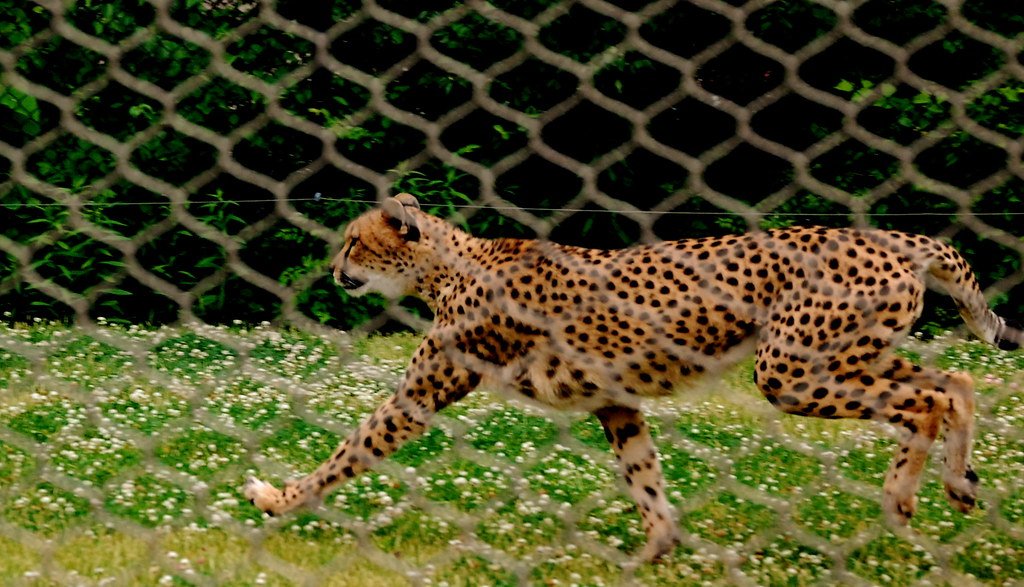
Built for speed in Africa’s hottest climates, cheetahs have evolved several cooling mechanisms that work like a high-performance sports car. Their large nasal passages and lungs help them cool down rapidly after their explosive 70 mph sprints.
Those distinctive black “tear marks” running from their eyes to their mouths aren’t just decoration – they reduce glare from the intense African sun, working like natural sunglasses. Their lean build and small head minimize heat retention, while their spotted coat provides perfect camouflage in the dappled grassland light.
Mountain Lions: Adapting to Extreme Altitude
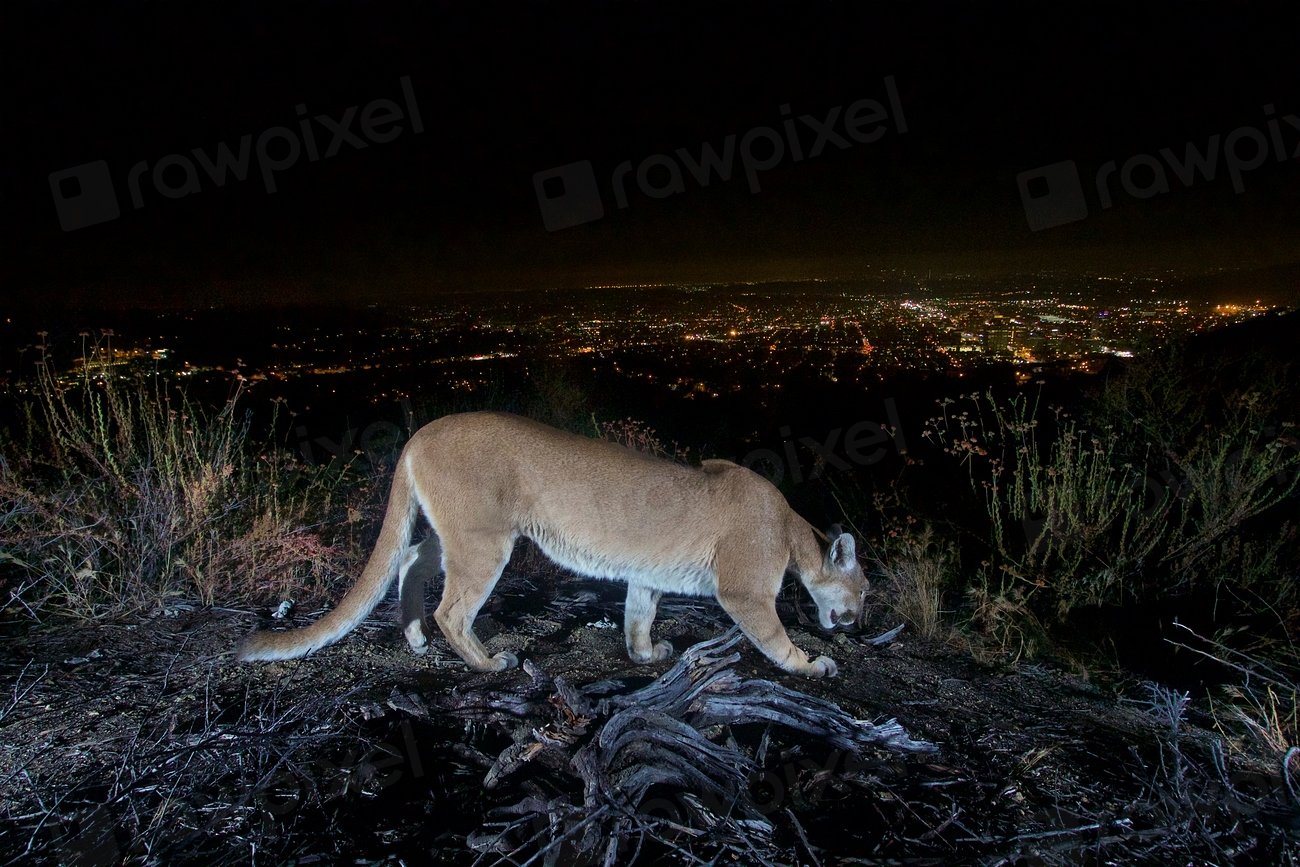
From Death Valley’s scorching heat to the Rocky Mountains’ frigid peaks, mountain lions have the most diverse climate range of any wild cat. These adaptable predators can survive in temperatures ranging from -40°F to 120°F by adjusting their behavior and metabolism.
Their powerful hind legs allow them to leap 18 feet vertically and 40 feet horizontally, perfect for navigating rocky mountain terrain. In winter, they grow a thicker coat, while in summer, they seek shade during the hottest parts of the day and hunt primarily at dawn and dusk.
Leopards: The Ultimate Climate Chameleons
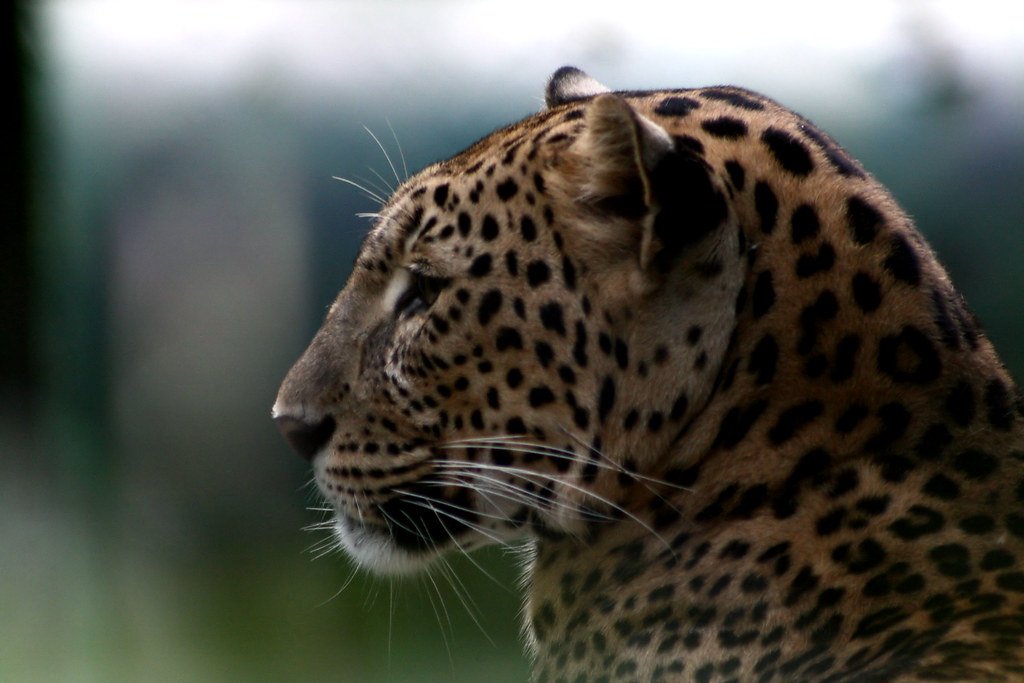
Perhaps the most adaptable of all big cats, leopards thrive everywhere from the Sahara Desert to the snowy mountains of Russia. Their rosette patterns provide camouflage in virtually any environment, while their muscular build allows them to drag prey twice their weight up trees.
These solitary hunters are incredibly water-efficient, able to survive on minimal drinking water by getting moisture from their prey. Their ability to climb trees gives them access to cooler temperatures in hot climates and protection from ground predators in all environments.
Conclusion: Nature’s Ultimate Survivors

These magnificent cats prove that evolution creates the most incredible survival stories. From the snow leopard’s mountain-climbing prowess to the sand cat’s desert mastery, each species has developed unique adaptations that seem almost supernatural.
Their survival strategies remind us that nature always finds a way, even in the most impossible conditions. These big cats don’t just survive in harsh climates – they’ve mastered them completely. Which of these incredible climate survivors impressed you the most?
Hi, I’m Bola, a passionate writer and creative strategist with a knack for crafting compelling content that educates, inspires, and connects. Over the years, I’ve honed my skills across various writing fields, including content creation, copywriting, online course development, and video scriptwriting.
When I’m not at my desk, you’ll find me exploring new ideas, reading books, or brainstorming creative ways to solve challenges. I believe that words have the power to transform, and I’m here to help you leverage that power for success.
Thanks for stopping by, Keep coming to this website to checkout new articles form me. You’d always love it!






